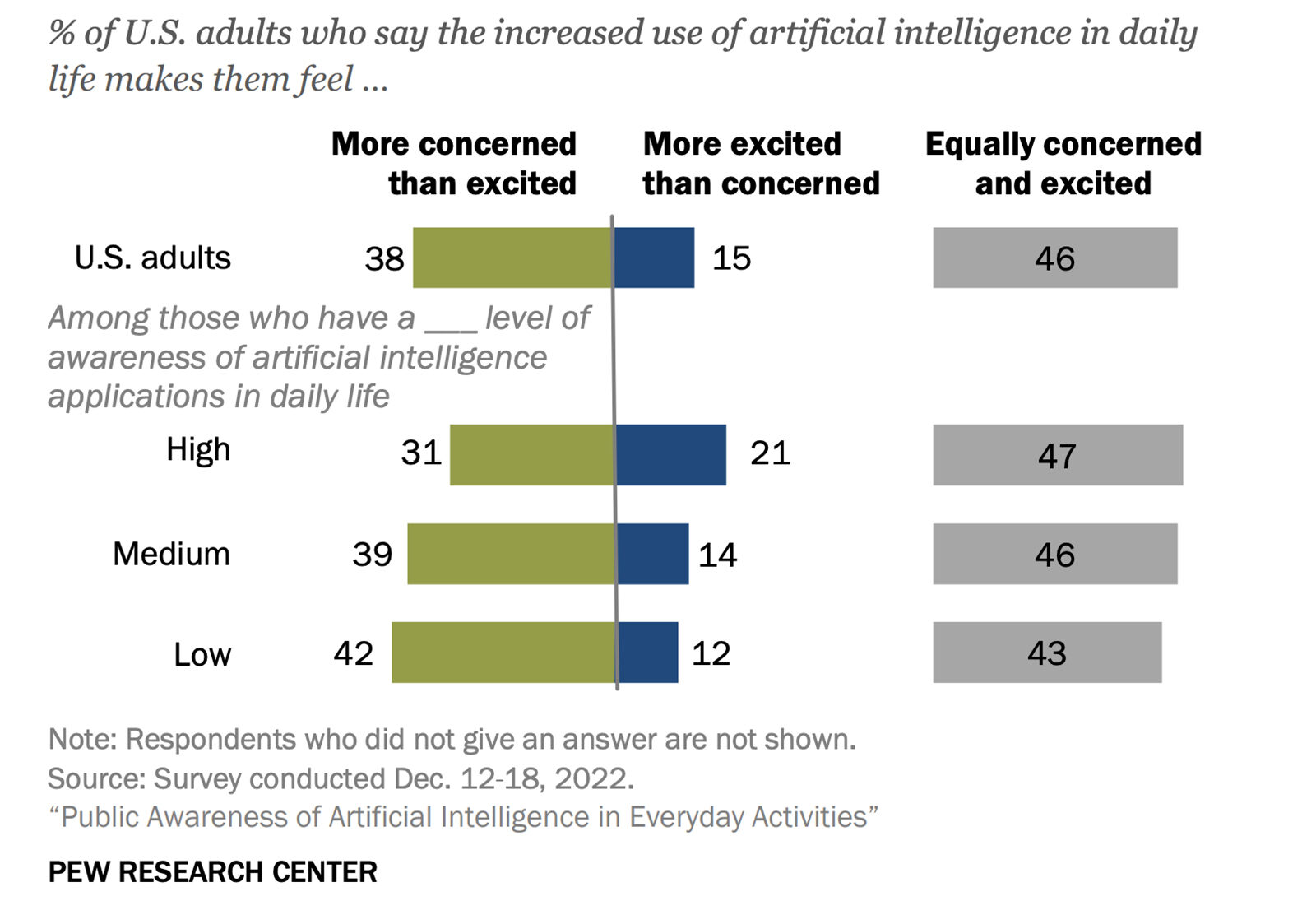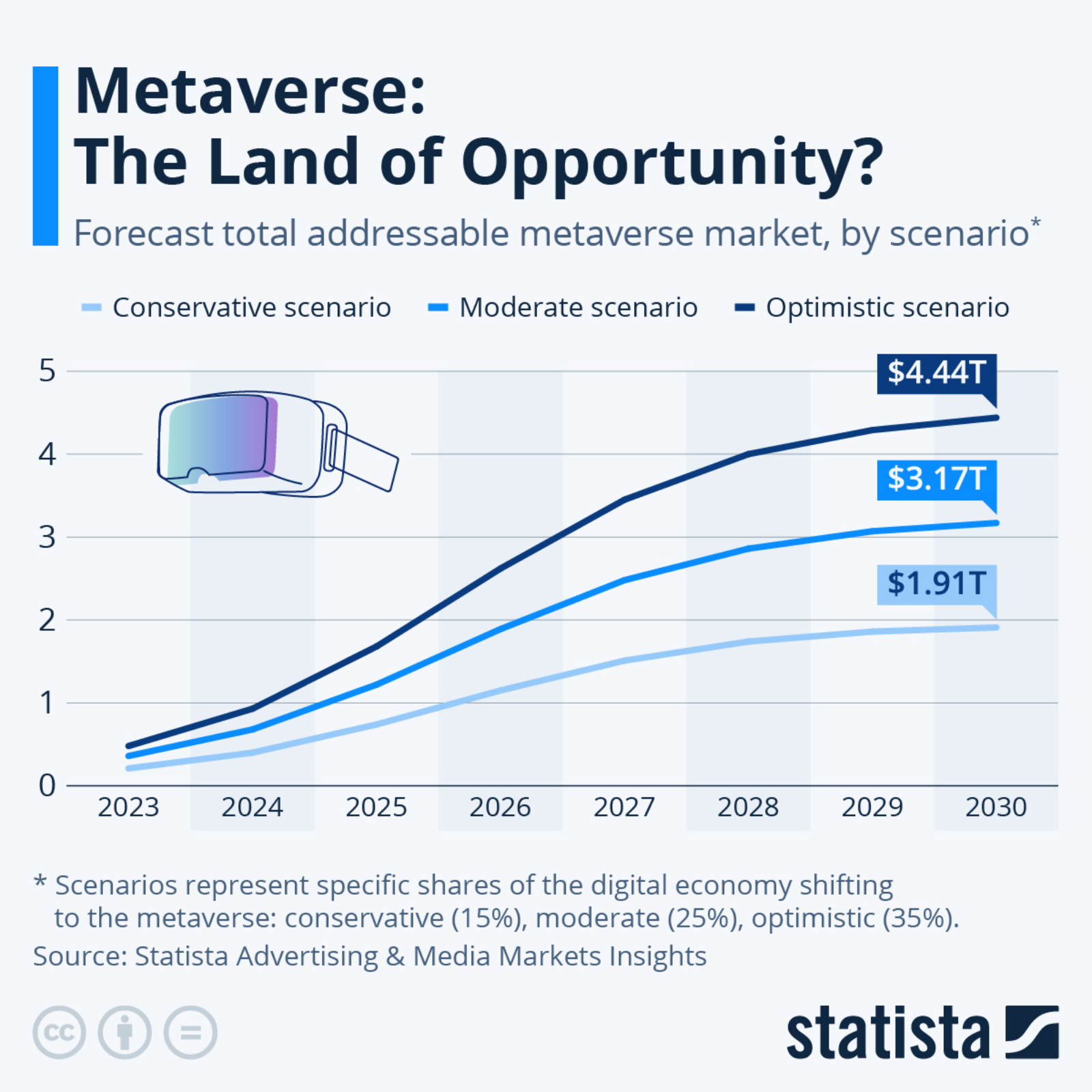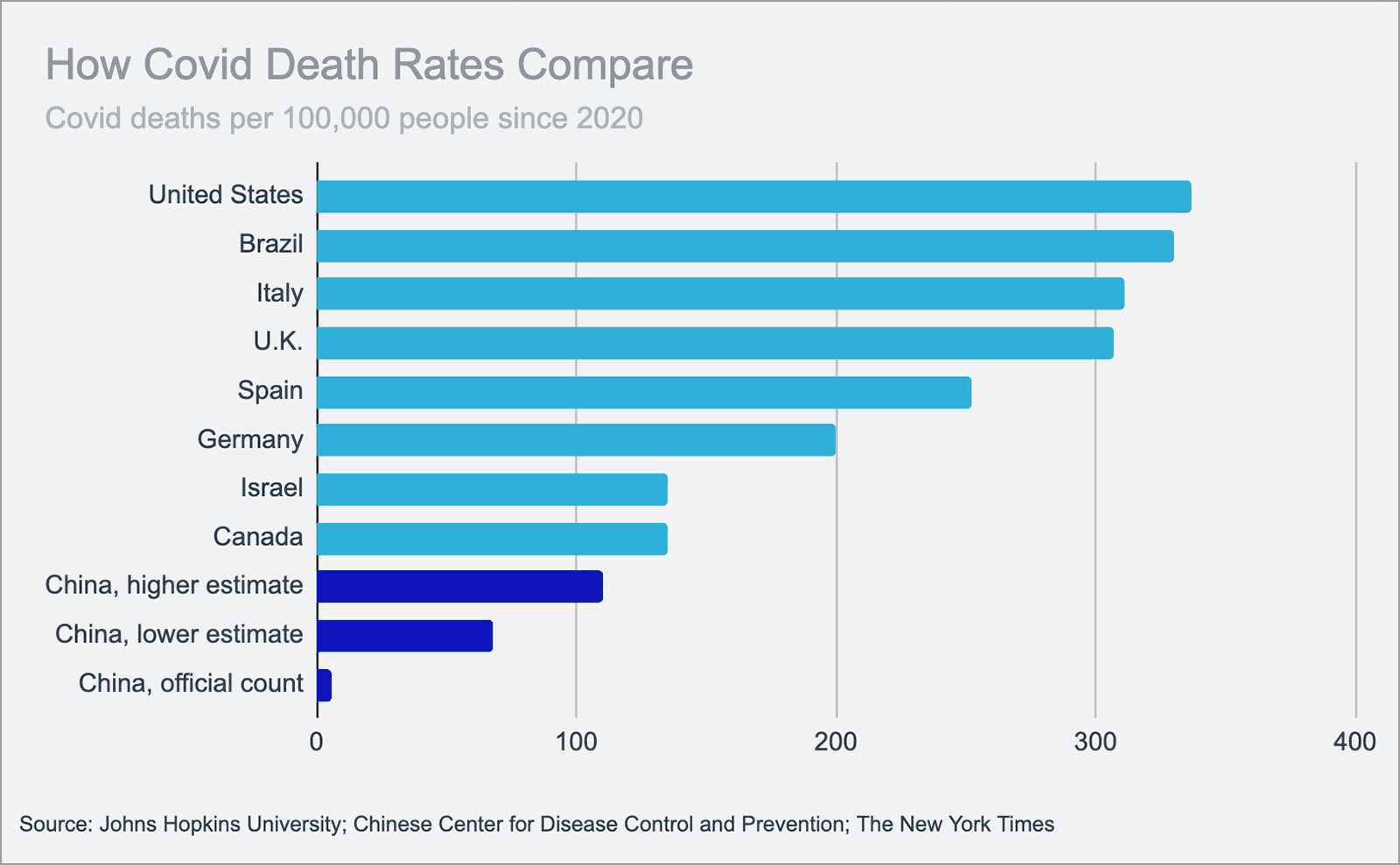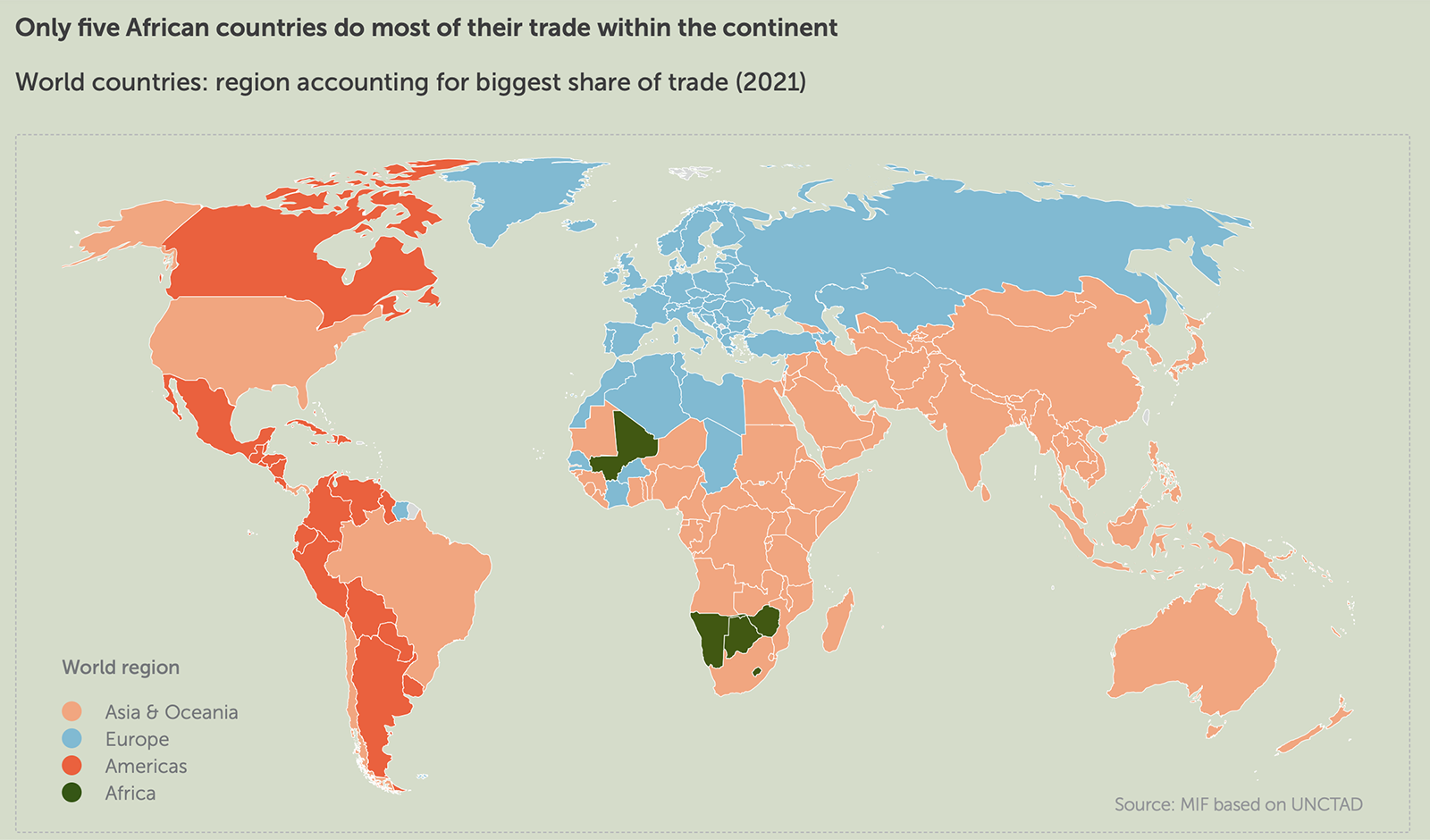Majority Say Business Is Not Doing Enough for Climate Change
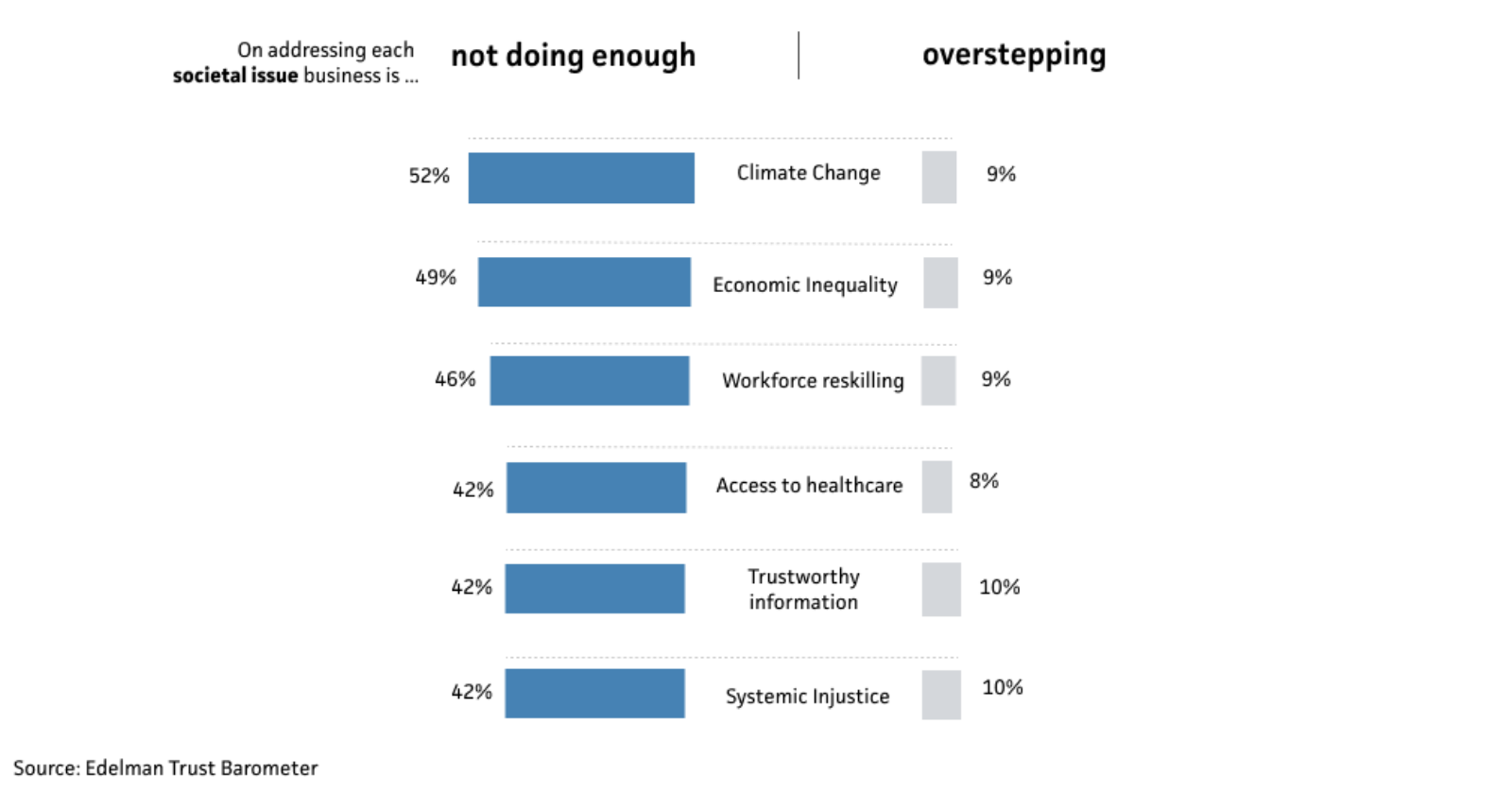
Businesses are not doing enough to address climate change, economic inequality and workforce reskilling, according to the 2022 Edelman Trust Barometer.
In its 22nd year, the vaunted research firm continues to be a trusted source of consumer sentiment. This year, it surveyed 31,000 people from around the globe and found that 52% of respondents think that businesses are not doing enough to address climate change, whereas 39% think that businesses are doing just the right amount. Nine percent say that businesses are overstepping, mostly in the areas of addressing trustworthy information and systemic injustice.
The findings, however, shed light on a general public that generally agrees that societal issues aren’t strictly the responsibilities of politics or consumers. This speaks to the ever increasing pressure of businesses to address ESG issues. It matters how ESG is measured, however: Research has also shown that stocks that profess to be ESG-friendly can still have adverse effects on the environment.


